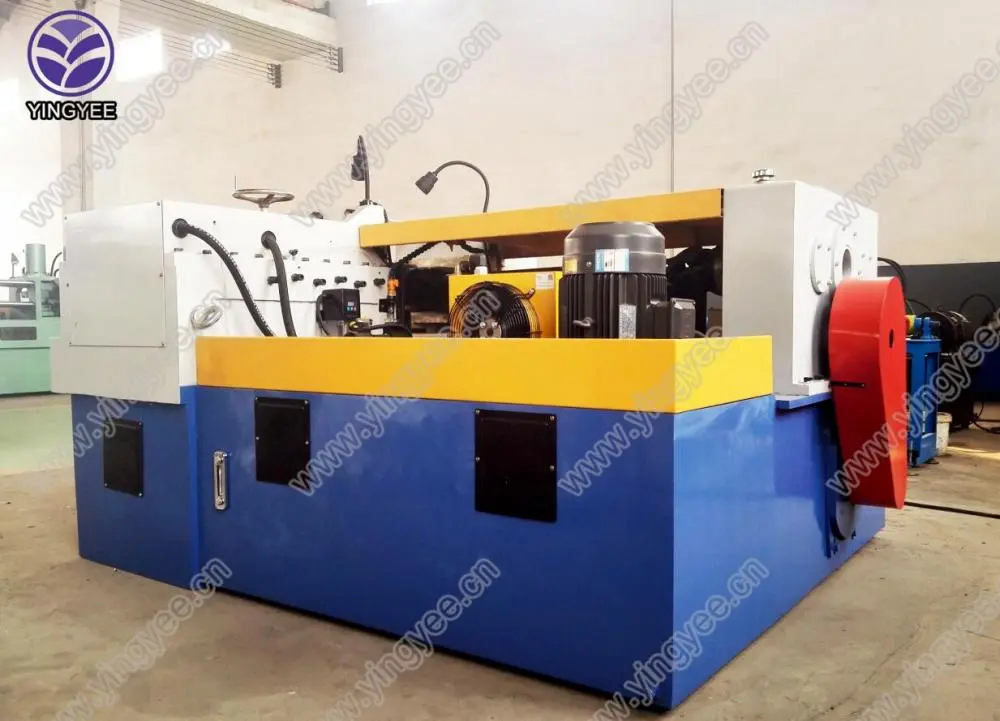
The Evolution and Importance of Steel Cold Roll Forming Machines
Steel cold roll forming machines have revolutionized the manufacturing industry, particularly in producing lightweight yet sturdy metal components. This advanced technology is crucial for creating parts used in various applications, from construction to automotive industries. Understanding what cold roll forming machines are, their advantages, and their applications is essential for anyone involved in manufacturing or engineering.
What is Cold Roll Forming?
Cold roll forming is a metalworking process that involves shaping metal sheets into specific cross-sectional profiles without the need for excessive heat. In the case of steel, this process is utilized to produce consistent and repeatable shapes that maintain precision and structural integrity. Cold roll forming machines are equipped with a series of rollers, which progressively shape the steel strip as it passes through. This continuous process minimizes waste and maximizes efficiency, making it an increasingly popular choice in modern manufacturing.
Process Overview
The cold roll forming process begins with a flat steel strip, which is fed into the machine. The rollers engage the strip at various angles, bending and shaping it into the desired profile. This technique allows manufacturers to create complex shapes that are difficult to achieve through traditional methods like machining or fabricating. Once formed, the shaped steel can be cut to length, welded, or further processed as required.
The sophistication of cold roll forming machines has increased significantly over the years, now capable of producing customized profiles tailored to specific project requirements. Advanced technology has led to improved controls, allowing for higher accuracy and thinner walls in the produced shapes, which is essential for industries focusing on lightweight designs.
Advantages of Steel Cold Roll Forming Machines

One of the primary advantages of using cold roll forming machines is the material efficiency they offer. The process minimizes scrap material, contributing to lower production costs and reduced environmental impact. Additionally, since cold-forming retains the integrity of the steel, the resulting products possess enhanced strength and durability, which is particularly valuable in sectors where the structural performance is crucial.
Moreover, the precision of cold roll forming leads to high-quality finished products with tight tolerances. This is critical in industries such as automotive manufacturing, where components must fit together seamlessly to ensure reliability and safety. Cold roll forming machines also allow for faster production rates compared to traditional methods, increasing overall productivity and responsiveness to market demands.
Applications Across Industries
Steel cold roll forming machines are pervasive across various industries. In construction, they are used to produce steel frames, beams, and channels essential for building structures. The automotive industry relies on these machines to create components such as chassis and body frames, where strength-to-weight ratios are vital.
Other industries, such as furniture manufacturing, HVAC (heating, ventilation, and air conditioning), and agriculture, benefit from cold roll forming technology as well. The versatility of this method means it can be employed to produce anything from simple brackets to complex installations, reflecting the broad spectrum of applications supported by cold roll forming equipment.
Conclusion
As technology advances, the importance of steel cold roll forming machines in enhancing productivity and efficiency in manufacturing cannot be overstated. Their ability to produce high-quality, precision-engineered components makes them invaluable across diverse sectors. As industries continue to innovate and lean towards sustainable practices, the role of cold roll forming in the production of lightweight, strong materials will undoubtedly grow. Understanding and implementing this technology can lead to significant advantages in terms of cost reduction, efficiency, and environmental impact, establishing a bright future for the cold roll forming process in the manufacturing landscape.